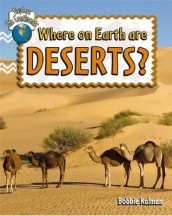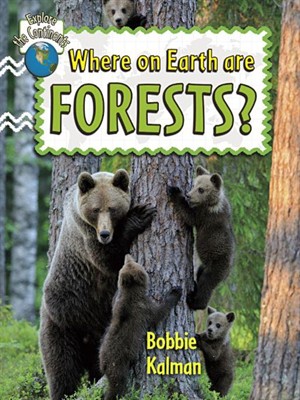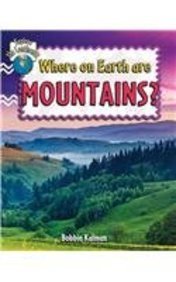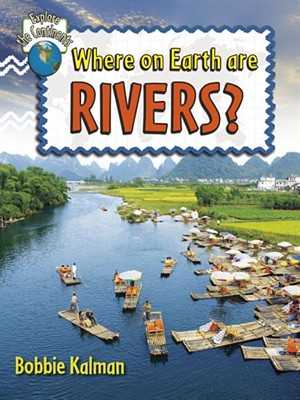| ________________
CM . . .
. Volume XXI Number 27. . . .March 20, 2015
excerpt:
These latest four books in the “Explore the Continents” series will be useful to beginning researchers. Unlike most of the other books in the series, the four books reviewed here contain information about all of the continents in each book. Antarctica is only mentioned briefly in Where on Earth are Forests? and Where on Earth are Rivers?. Information in these books is stated in manageable and organized sections. The pictures, maps, and illustrations are relevant and attractive. Each book includes a table of contents, a simple glossary and an index. In addition to a description of the physical characteristics of each geographic area, each book describes how the plants, animals, and people have adapted to the differing conditions of each type of area. Where on Earth are Deserts? examines both hot and cold deserts around the world. Colourful photographs and drawings illustrate animals of the deserts, ranging from camels, to penguins, as well as some of the drought tolerant plants. Where on Earth are Forests? includes information on the types of forests created by different soil and climate conditions: northern, temperate, and tropical rain forests. In addition, this book includes chapters on “Endangered animals” and “Why we need forests!”. In simple language accompanied with photographs and text boxes, Where on Earth are Mountains? explains how different types of mountains are formed. The chapter on “Earth’s mountain ranges” also includes references to specific pages in the book containing more information on each mountain range.
Where on Earth are Rivers? looks at the longest and largest rivers around the world. It also includes information about the importance of water as a natural resource and why we need rivers. The last page of the text gives ideas for saving water and a website URL for further conservation information. These four books are each equally good on their topics. If you need to add to the geography section of your library collection for young readers, these titles are all worth considering. Highly Recommended. Suzanne Pierson is a retired teacher librarian, currently instructing Librarianship courses at Queen’s University in Kingston, ON.
To comment
on this title or this review, send mail to cm@umanitoba.ca.
Copyright © the Manitoba Library Association. Reproduction for personal
use is permitted only if this copyright notice is maintained. Any
other reproduction is prohibited without permission.
Next Review |
Table of Contents for This Issue
- March 20, 2015. |



